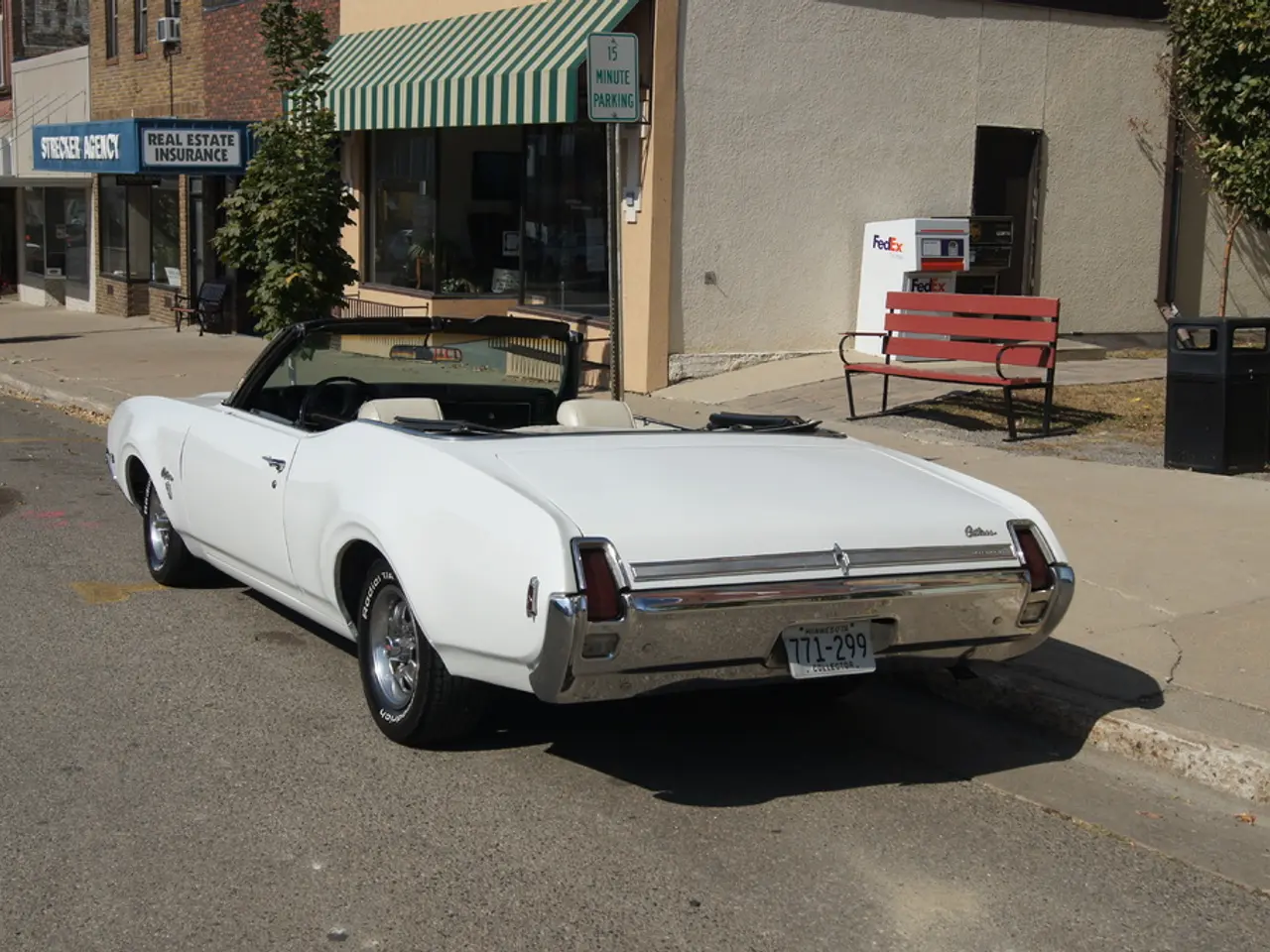Japan's Prime Minister Ishiba Pledges Comprehensive Details on the Japan-US Tariff Accord
In a significant development for the Japanese automobile industry, Masanori Katayama, Chairman of Isuzu Motors Ltd. and the Japan Automobile Manufacturers Association, expressed relief over a recently agreed tariff deal between Japan and the U.S. government.
During a meeting in Tokyo, attended by Prime Minister Shigeru Ishiba and other automobile industry officials, Katayama emphasised the need for support to maintain supply chains in the Japanese automobile industry. He also called for tax measures to stimulate domestic demand, in response to growing uncertainty due to protectionism and other factors.
The tariff deal under discussion concerns U.S. tariffs on imports from Japan. The agreement has resulted in the halving of the additional U.S. tariffs, with the baseline tariff rate for Japanese automobile exports to the U.S. set at 15 percent, replacing an existing additional industry-specific 25 percent tariff, along with the preexisting 2.5 percent tariff.
While this deal lowers the tariff burden on Japanese autos compared to the initially threatened 25 percent tariff, it still poses significant challenges for Japan's automobile industry. The 15 percent rate combined with a 2.5 percent preexisting tariff maintains a substantial cost.
Prime Minister Ishiba, in his statement, thanked the auto industry for its help over the additional U.S. tariffs on Japanese vehicles. He also vowed to provide Japanese industry circles with a "thorough explanation" on his administration's latest tariff deal with the U.S. government, starting with the auto industry. His ministers will directly visit business operators to give a thorough explanation about the agreement.
Katayama, however, did not specify the exact tax measures he is advocating for. He did not mention any specific support required to maintain supply chains beyond general support.
The deal also extends to broader reciprocal openings: the U.S. gains enhanced market access in Japanese sectors like agriculture and manufacturing, while long-standing restrictions on U.S. cars and trucks in Japan will be lifted, signaling a move toward more balanced trade terms.
Steel and aluminum remain excluded from the deal, maintaining the high separate 50 percent tariffs, which may indirectly affect the automobile sector due to input costs.
Overall, the tariff deal marks a significant but mixed impact: it alleviates some pressure from the U.S.-imposed tariffs on Japanese automobile exports, yet the 15 percent rate still challenges Japan’s automakers economically, balanced somewhat by Japan’s significant investment commitment in the U.S. economy.
[1] The New York Times. (2021). Japan and U.S. Agree to Lower Auto Tariffs. Retrieved from https://www.nytimes.com/2021/06/11/business/japan-auto-tariffs.html [2] Reuters. (2021). Japan, U.S. agree to cut auto tariffs to 15% from 25% under deal. Retrieved from https://www.reuters.com/business/autos-transportation/japan-us-agree-cut-auto-tariffs-15-25-under-deal-2021-06-11/
- The agreement between Japan and the U.S. government on auto tariffs is expected to impact the finance sector, as it lowers the tariff burden on Japanese automobile exports, but the 15 percent rate still presents economic challenges for the industry.
- The photo of Masanori Katayama, Chairman of Isuzu Motors Ltd., during his meeting with Prime Minister Shigeru Ishiba and other automobile industry officials in Tokyo, might reflect concerns about maintaining supply chains and stimulating domestic demand in the Japanese automobile industry.
- The deal between Japan and the U.S. also includes reciprocal openings in sectors like agriculture and manufacturing, which could have broader implications for the general-news and politics, as it signals a move toward more balanced trade terms between the two countries.




